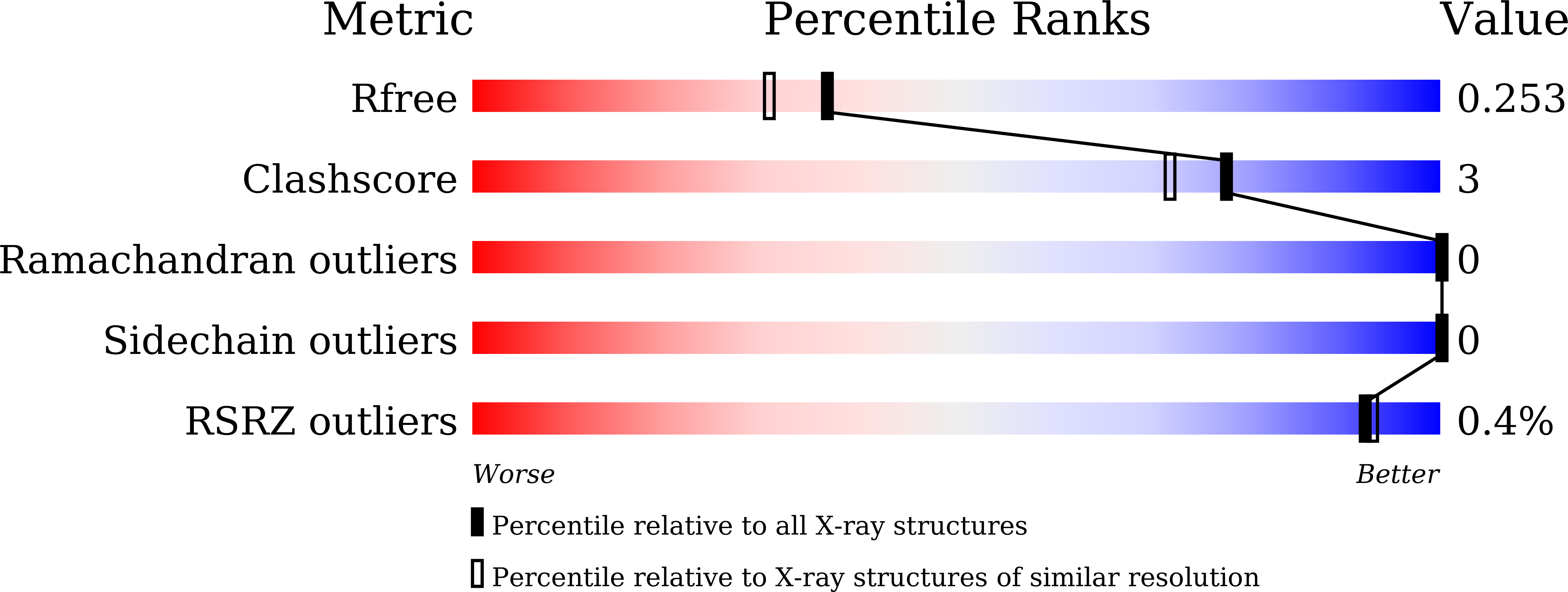
Deposition Date
2022-10-05
Release Date
2023-10-11
Last Version Date
2024-10-23
Entry Detail
PDB ID:
8H28
Keywords:
Title:
Crystal structure of the K87V mutant of cytochrome c' from Shewanella benthica DB6705
Biological Source:
Source Organism:
Shewanella sp. DB6705 (Taxon ID: 126830)
Host Organism:
Method Details:
Experimental Method:
Resolution:
2.06 Å
R-Value Free:
0.25
R-Value Work:
0.20
R-Value Observed:
0.20
Space Group:
P 1 21 1


